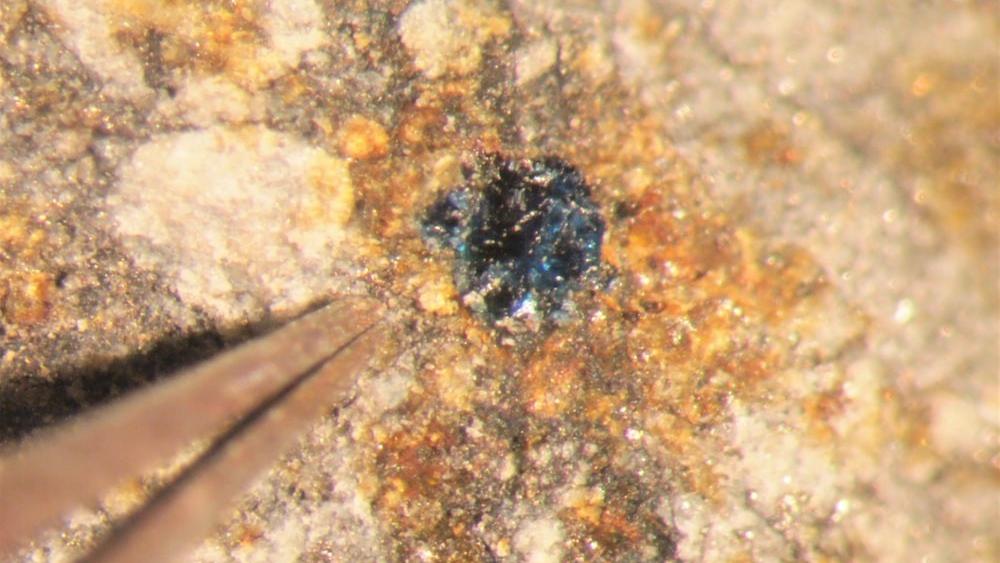Astrobiology
We want to hear your feedback so we can keep improving our website, theworld.org. Please fill out this quick survey and let us know your thoughts (your answers will be anonymous). Thanks for your time!
So What Happens if Voyager One Actually Meets E.T.?
As NASA’s Voyager One heads out of the solar system, anchor Marco Werman finds out what happens if the probe actually were to make contact with extra-terrestrial life. Marco speaks with Paul Davies, head of the Post-Detection Task Group with SETI, the Search for Extra-Terrestrial Intelligence.
Microbes below Earth’s surface could be potential link to Mars rover discovery
Carbon compounds found in a drill sample from Mars and microbes found below the Earth’s surface could be related to one another according to researchers at the Deep Carbon Observatory. Though they’re learning more about deep microbial life, some researchers say it could be the link to previous life on Mars.
‘Mohawk guy’ becomes the new face of NASA
Bobak Ferdowsi is young, good looking and sports a stars-and-stripes Mohawk. He’s also the flight director for NASA’s Mars Curiosity rover. That Ferdowki doesn’t look like your typical rocket scientist is what made him an overnight Internet sensation, and the new face of the U.S. space program.
Subscribe to The World’s Latest Edition podcast for free using your favorite podcast player:

